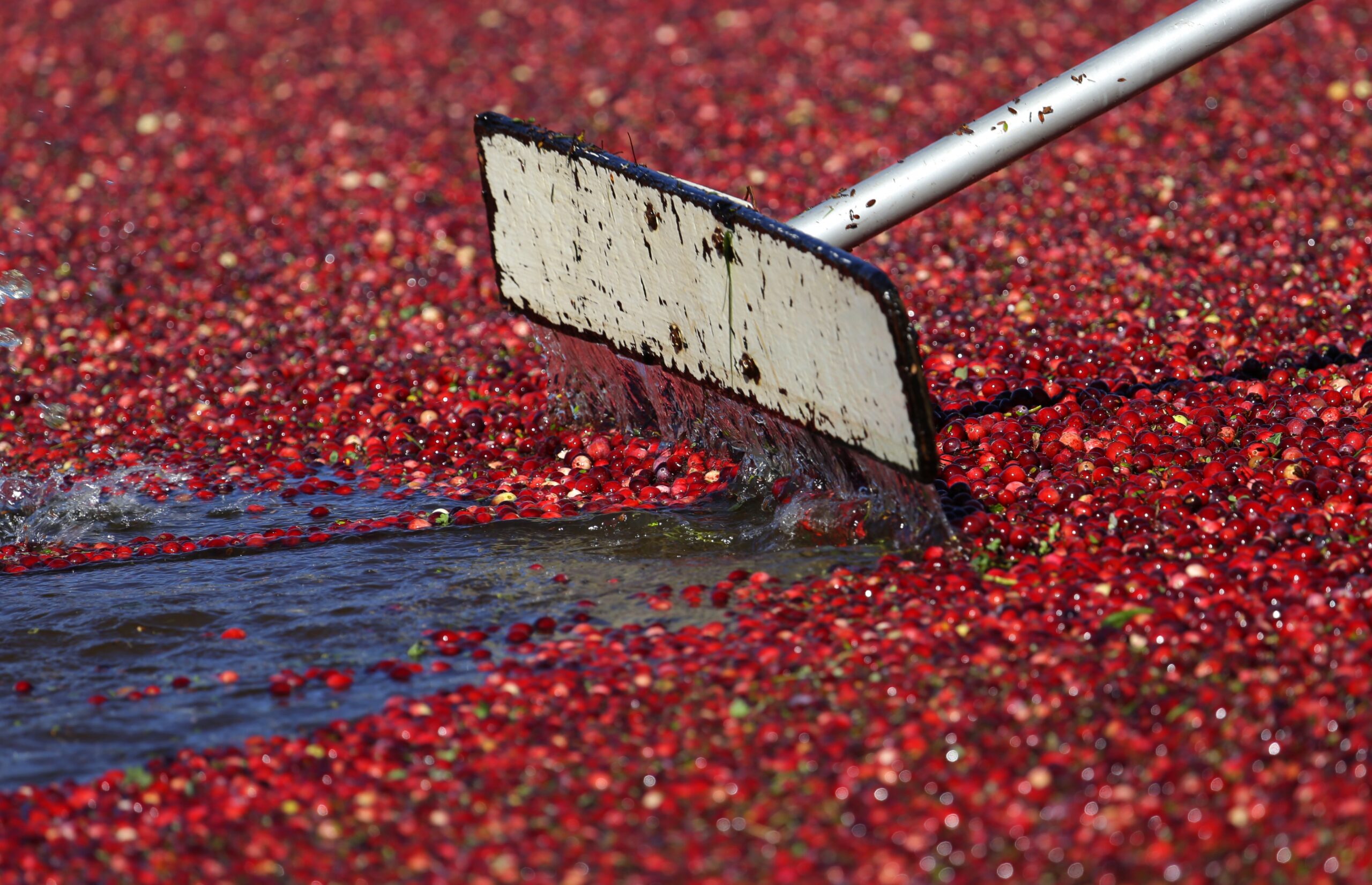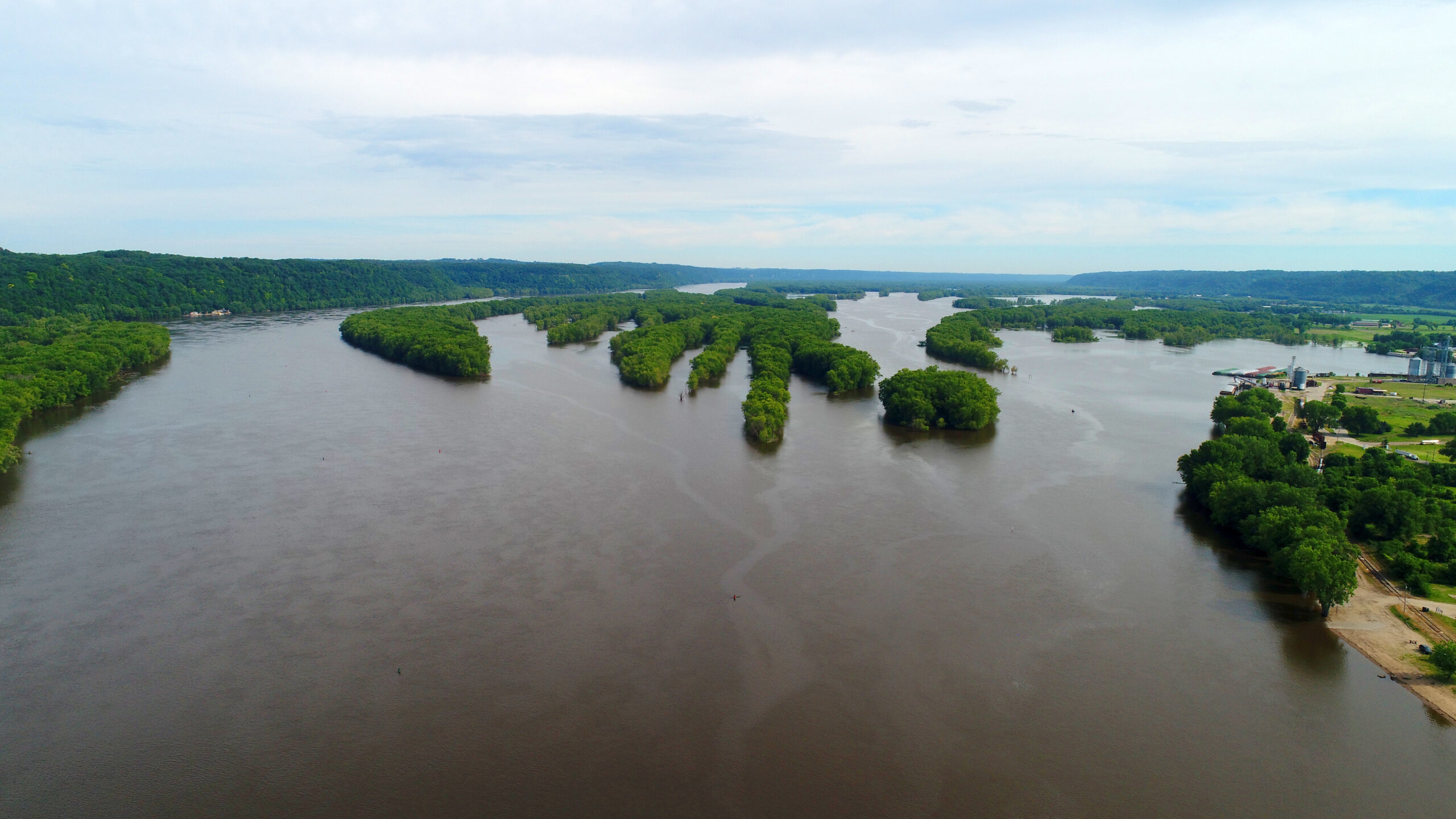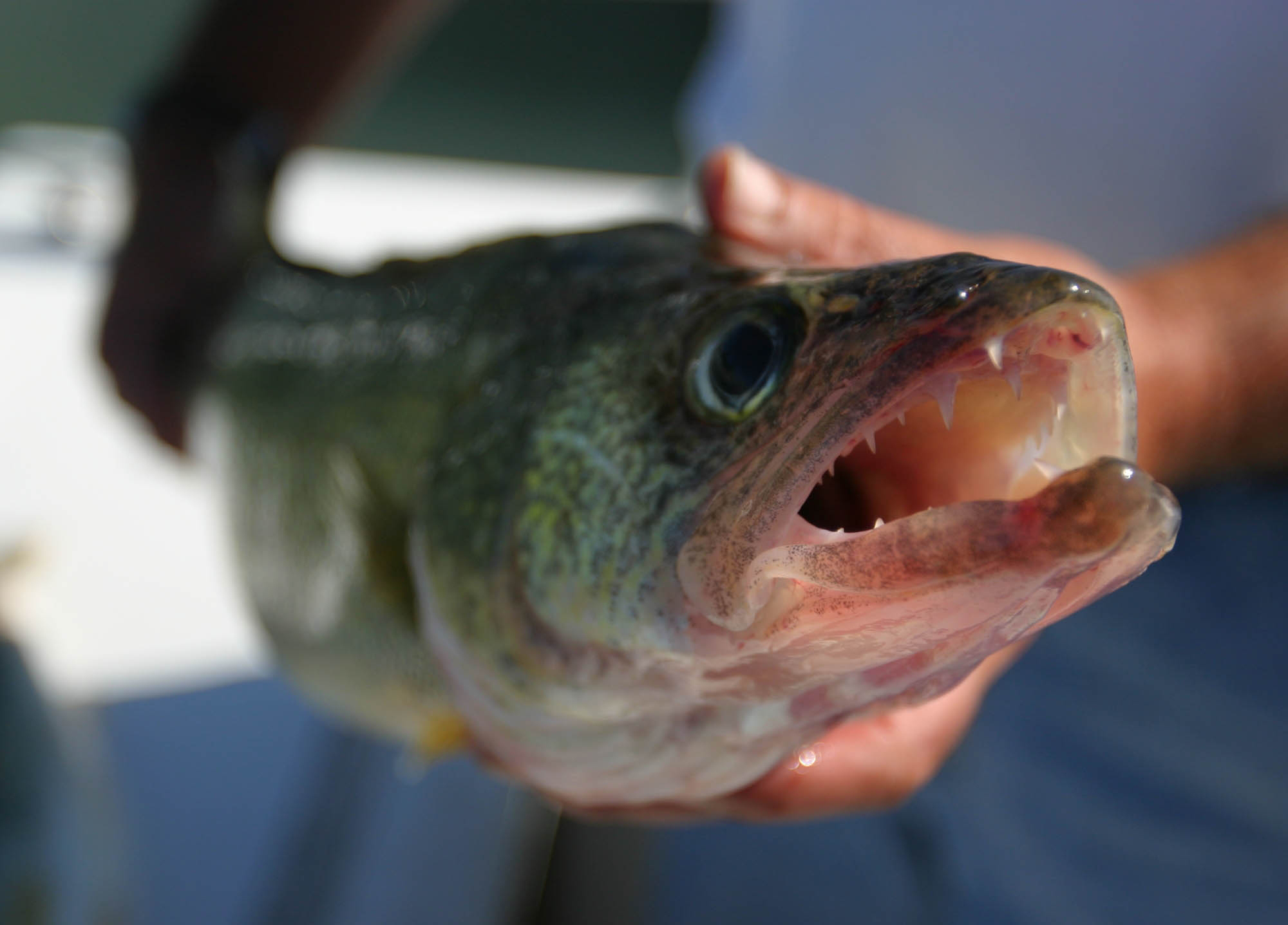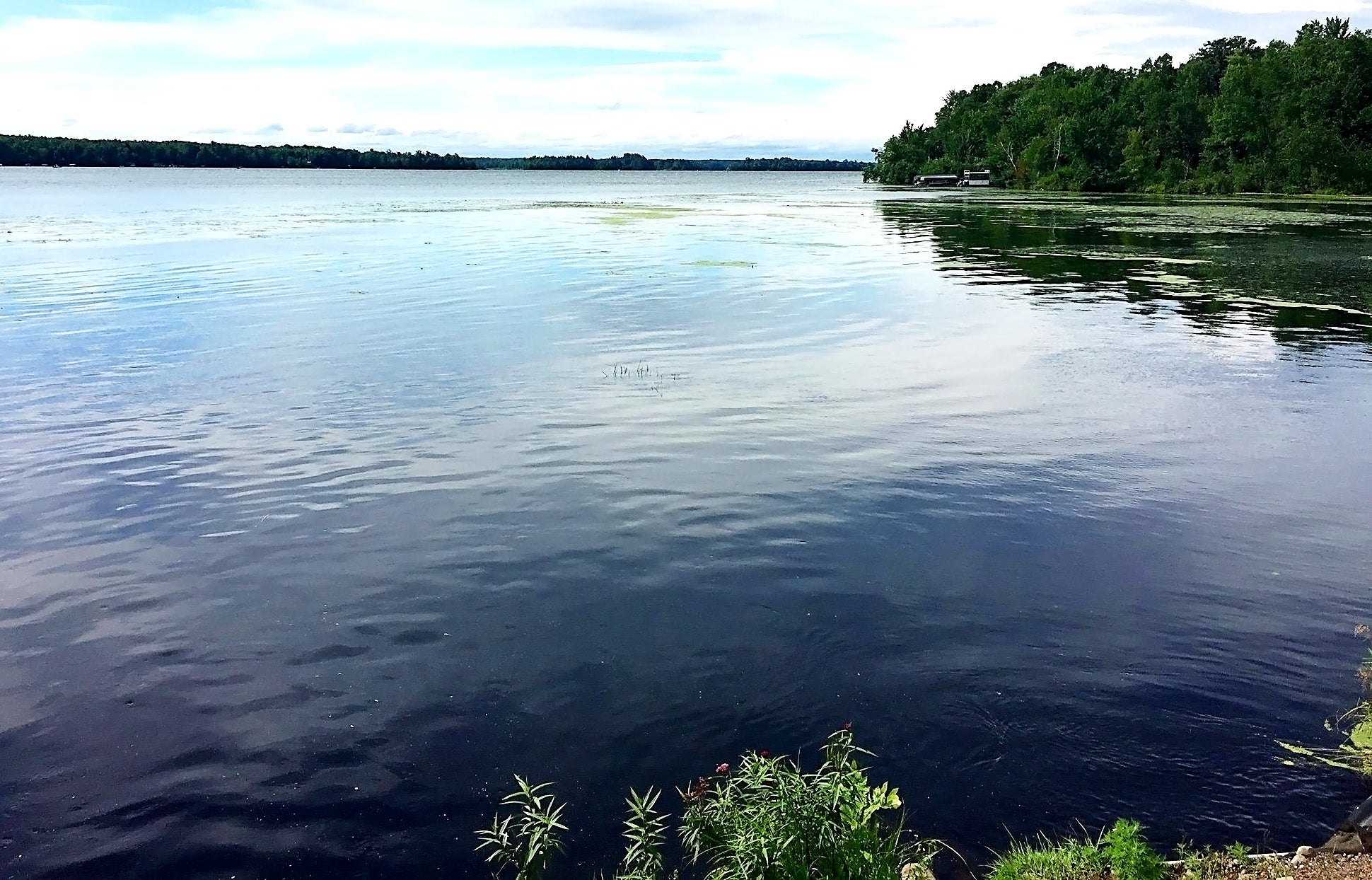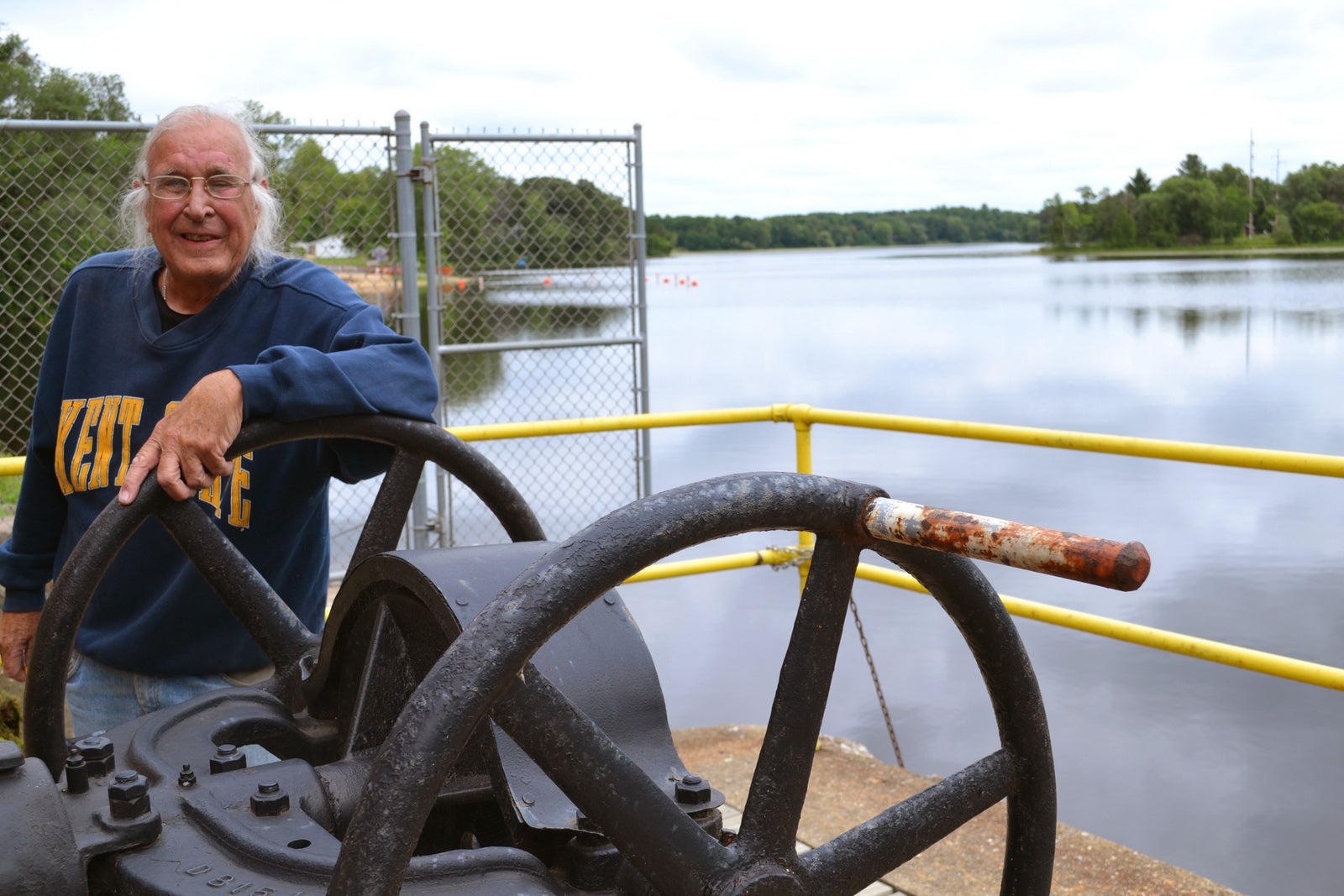A Sawyer County town and a community association there are at odds over whether or not herbicides should be used to control invasive weeds in a local lake – a scenario playing out in other locations across Wisconsin.
Fewer than 400 lakes are treated with herbicides – a small percentage of Wisconsin’s 15,000 total lakes. In the surrounding communities, whether or not the herbicides should be used often proves to be a contentious issue.
This month, the town board of Edgewater voted to oppose using herbicides in Big Chetac Lake in Sawyer County. Pete Baribeau, the board’s chairman, says it may kill the invasive curly pondweed from Eurasia, but it also kills native weeds eaten by panfish.
Stay informed on the latest news
Sign up for WPR’s email newsletter.
“This is a resort area that is built on fishing, and any possible threat, as little as it may be, is too big of a threat,” said Baribeau.
Big Chetac Lake Association President Bill Miller, however, said the lake is impaired with too much phosphorous from the pondweed, which is tough on people with respiratory problems.
“Come kind of late July, we get blue-green algae blooms, which are toxic so that the water becomes unsafe,” said Miller.
Baribeau says Big Chetac Lake is not impaired: “Well, it wasn’t until they got involved,” he said. “There’s absolutely nothing wrong with this lake system.”
Department of Natural Resources statewide aquatic plant coordinator Scott Provost is familiar with the argument.
“A lot of that goes back in history, when we always said ‘Don’t apply herbicides to water when you’re doing lawn treatments or whatever. Herbicides get into the water and kill fish,’” said Provost. “That’s true. It doesn’t do us much good to get rid of, say, milfoil in the lake if we’re killing everything else in it. Our management needs to be very measured in how we use the herbicides.”
Provost says the herbicide is safe, as long as it’s the right kind and the right dose.
Wisconsin Public Radio, © Copyright 2024, Board of Regents of the University of Wisconsin System and Wisconsin Educational Communications Board.

